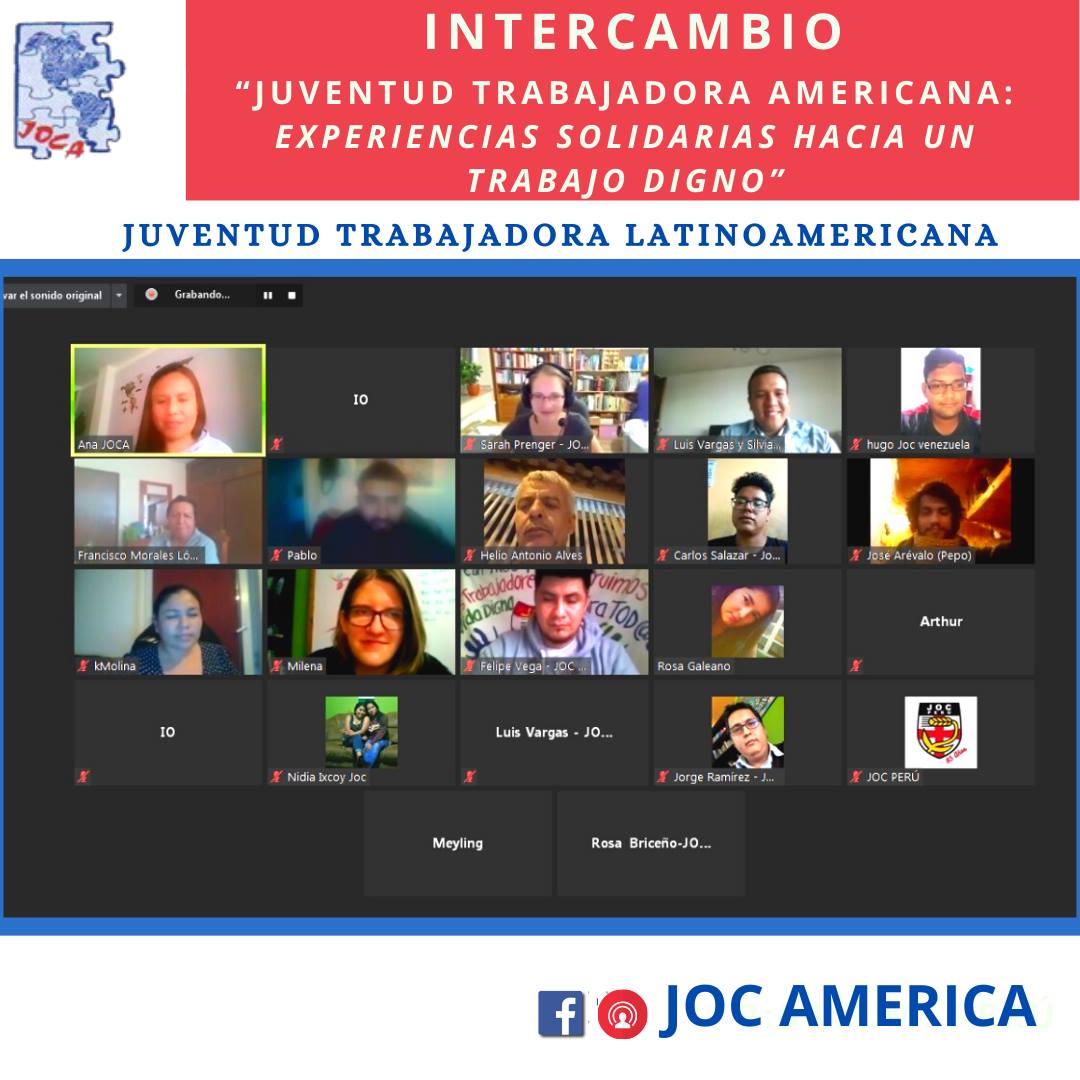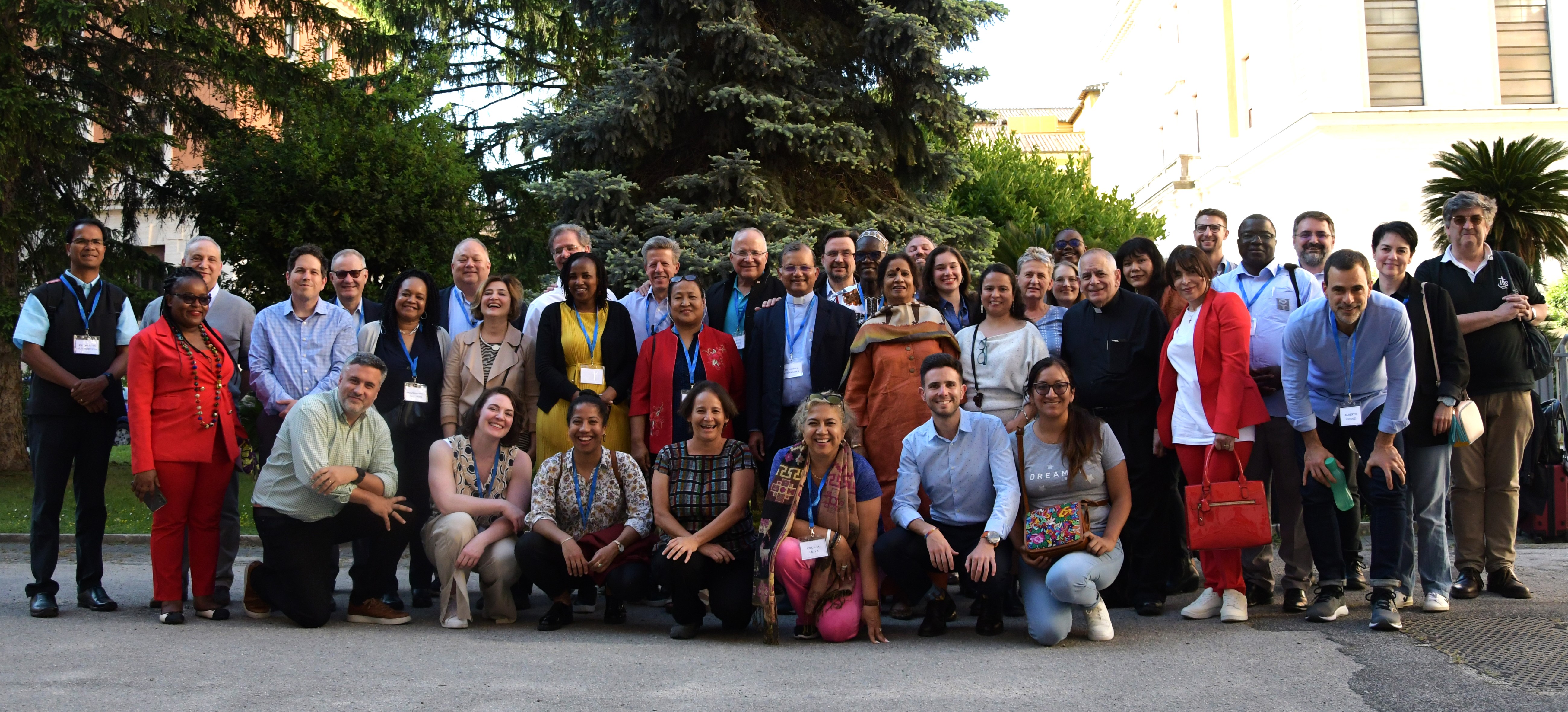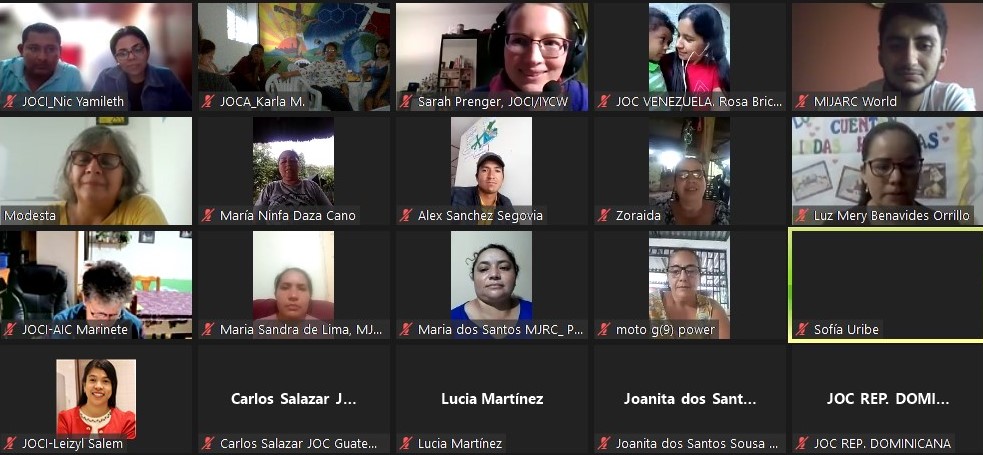
IYCW News - The Americas YCW (JOCA) organised a virtual exchange on 9 and 16 July 2021. The aim was to share about realities, needs, challenges and actions re unemployment and precarious young workers in the world of work at the continental level.
Participants in the event were young workers, activists and adults from different countries of Latin America and the Caribbean, such as Paraguay, Chile, Peru, Guatemala, Brazil, Colombia, the Dominican Republic, Venezuela, Nicaragua, Mexico, Haiti, as well as a young German volunteer in Peru.
“The current global health crisis (Covid-19) has made even more visible the inequalities that we live in our societies; some of us have reinvented ways of work for survival while those who still have a job are submerged in long working hours and faced with double workload. Their salaries are often not enough to cover one or two meals a day plus other fixed costs. In addition, the cost of food, transportation and connectivity has increased,” Ana Cecilia from the Americas YCW team explained.





 English
English  Español
Español  Français
Français